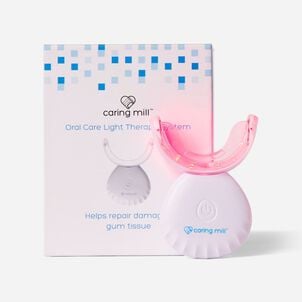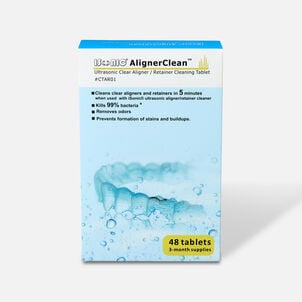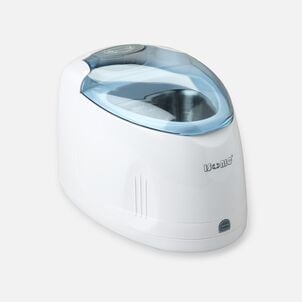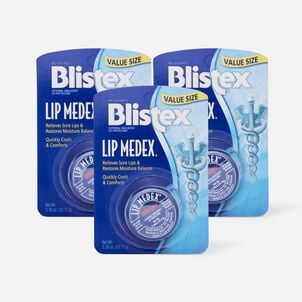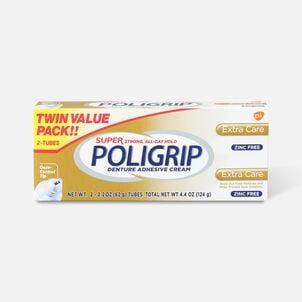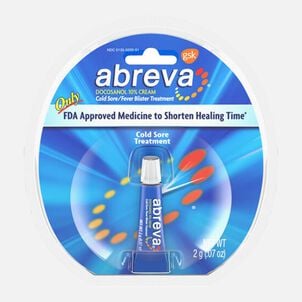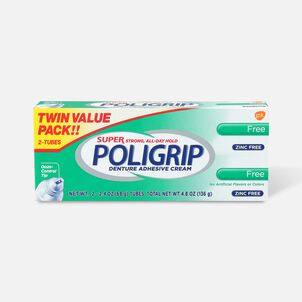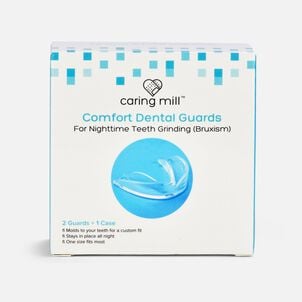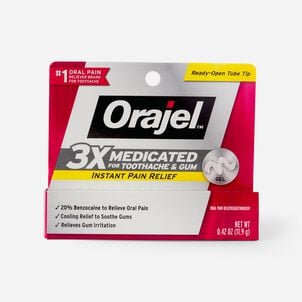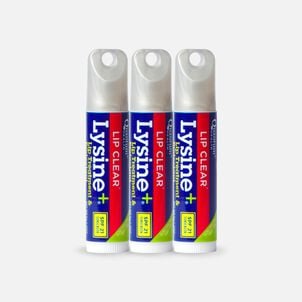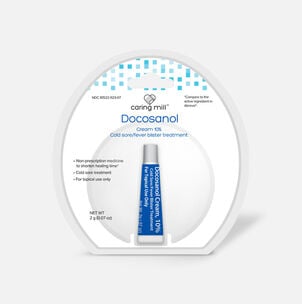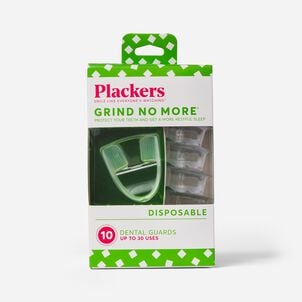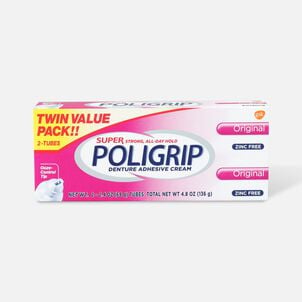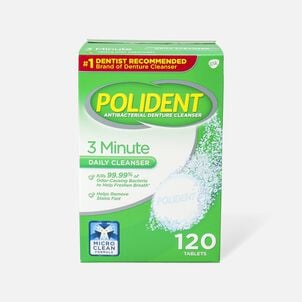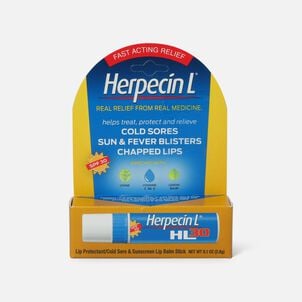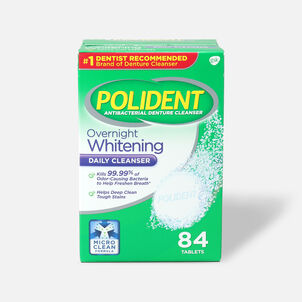The Complete HSA Eligibility List
Here it is — the most-comprehensive eligibility list available on the web. From A to Z, items and services deemed eligible for tax-free spending with your Flexible Spending Account (FSA), Health Savings Account (HSA), Health Reimbursement Arrangement (HRA) and more will be here, complete with details and requirements. Important Reminder: HSAs, FSAs, HRAs and other account types listed may not all be the same. Be sure to check with your administrator to confirm if something is eligible before making a purchase.
Here it is — the most-comprehensive eligibility list available on the web. From A to Z, items and services deemed eligible for tax-free spending with your Flexible Spending Account (FSA), Health Savings Account (HSA), Health Reimbursement Arrangement (HRA) and more will be here, complete with details and requirements. Important Reminder: FSAs, HRAs and other account types listed may not all be the same. Be sure to check with your administrator to confirm if something is eligible before making a purchase.
Wax for Braces: HSA Eligibility
Wax for Braces: eligible with a Health Savings Account (HSA)HSA Eligible Oral Care
What is this wax for?
Patients with braces face a long set of guidelines and challenges during their treatment regarding foods that can be eaten and techniques for maintaining proper oral hygiene. Even with prescribed guidelines there will be an occasional unexpected problem with braces. Sometimes a bracket or band will become loose. Sometimes a wire will break or stick out from the brackets or bands. Sometimes a wire can even detach from the brackets. Often orthodontic wax can provide a temporary solution.
Orthodontic wax can help to create a barrier between the bracket and the inside of your cheeks and lips. It helps protect your cheeks or gums by preventing the bracket from irritating them. At first you might find yourself using a lot of dental wax, but as you get used to your braces and the insides of your cheeks become tough, you may start using less.
Additionally, it is suitable for patients wearing partial dentures where wire clasps may be causing discomfort, sore spots, or abrasions. Patients are typically given a box of this wax when they get their braces and it is sold in many places as well (Salem Pediatric Dental).
How should I use the wax?
Take a small amount of wax about the seas of a bean from the stick and roll it in your fingers into a ball to warm and soften it. Make sure that the tooth and the bracket that is receiving the wax is completely dry, otherwise the wax will not stay. Then firmly press the softened wax against the area of the braces that is protruding or broken. Once placed, it will cover sharp edges and stabilize loose pieces of wire or bracket.
What else can you use to ease irritations inside your mouth in the first weeks of braces?
Something else that helps is a warm salt water rinse, several times per day. This can be very soothing, but if that isn't enough, try a mouth rinse called Rincinol PRN, which helps to heal mouth sores.


